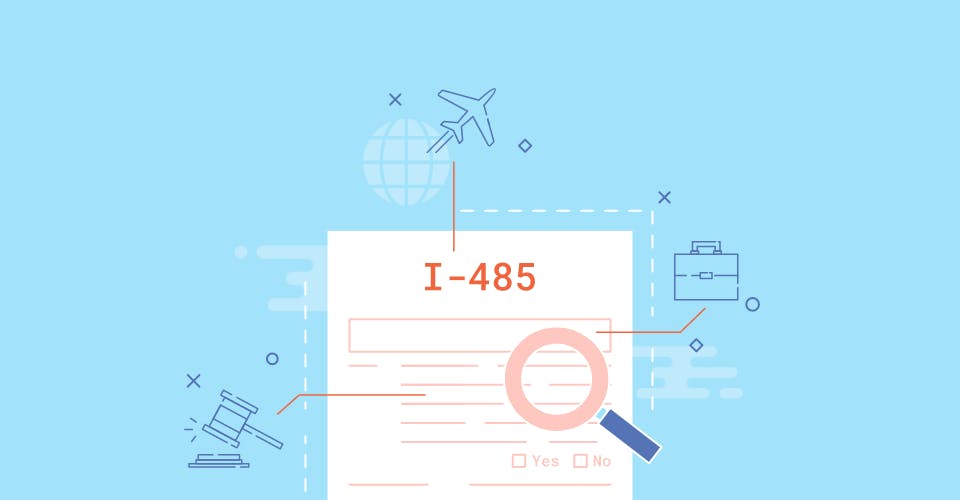While it may seem like the only way to achieve green card status in the United States is through a close family relative, a non-immigrant visa such as the competitive H1-B visa, or marriage to a U.S. citizen, there is actually another unconventional method to the immigration process called the EB-5 Program.
The Immigrant Investor Program, also known as “EB-5,” has become an increasingly important source of investment for development projects in the United States, attracting billions of dollars to the U.S. economy over the past 20 years and creating tens of thousands of jobs in the United States. However, the program is unlike any other managed by U.S. Citizenship and Immigration Services (USCIS) in that it is the only visa program whose stated purpose is to create jobs and growth. It’s also limited to those who already have significant capital.
Congress created the EB-5 Immigrant Investor program in 1990, so its fairly new. The ultimate goal of the program was to stimulate the economy and create a new form of capital investment in the U.S. In the early years of the program, however, there were not enough of the visas being used up. For example, the annual limit for EB-5 recipients is 10,000, however only a handful were being filled. This was in part due to complications with the USCIS form, which critics call overly complicated.
In 2005, USCIS created an Investor and Regional Center Unit to increase oversight and internal coordination and issued new draft recommendations designed to accelerate processing times and increase efficiency.
Since the implementation of this new Center, approval rates have improved. For example, the number of visas issued to investors in regional centers (the economic entities that manage the vast majority of investment projects using the program) reached 9,130 in 2014, according to the State Department. A total of 9,228 visas were issued in FY 2014, including non-regional center direct-investment projects
How does the EB-5 Work?
The EB-5 visa is designed for investors that will start a new commercial enterprise that creates and/or preserves permanent full-time employment for at least 10 qualified U.S. workers. However, there are other eligibility criteria that may be considered by the USCIS In this filing process. Such criteria include:
- Investing in a new commercial enterprise, which includes any for-profit activity formed for an ongoing lawful business
- Investing in a business established after November 29th, 1990
- Investing in a business before November 29th, 1990— given that the commercial enterprise was purchased and the existing business has been restructured or reorganized such that a new commercial enterprise is the result
- Investing in a business that has been expanded through the investment so that a 40 percent increase in the net worth or number of employees has been recorded (since being purchased)
- Investing in the minimum amount of capital required, which is generally 1.8 million dollars, for the location where the new enterprise will be principally doing business
The EB-5 Visa is granted through the filing of the I-526 Form, “Immigrant Petition by Alien Investor”. All applicants will need to complete and sign their form. Forms can be filled out online, and a filing fee must be paid, if applicable. The fee is much higher than the I-485 Adjustment of Status fee and is currently $3,675. You may pay the fee with a money order, personal check, or cashier's check. When filing at a USCIS Lockbox facility, you may also pay by credit card using Form G-1450, Authorization for Credit Card Transactions.
While being granted an EB-5 does mean that the individual alien investor will be granted a green card, this path to a green card and thus legal permanent residence presents the option to file an I-485. The wait times for final approval from the time of filing the I-526 application is approximately six months.














